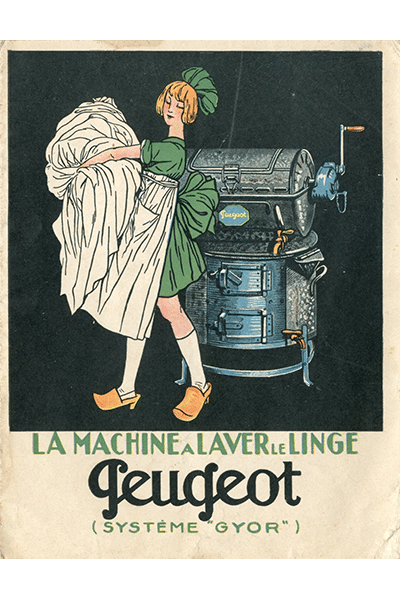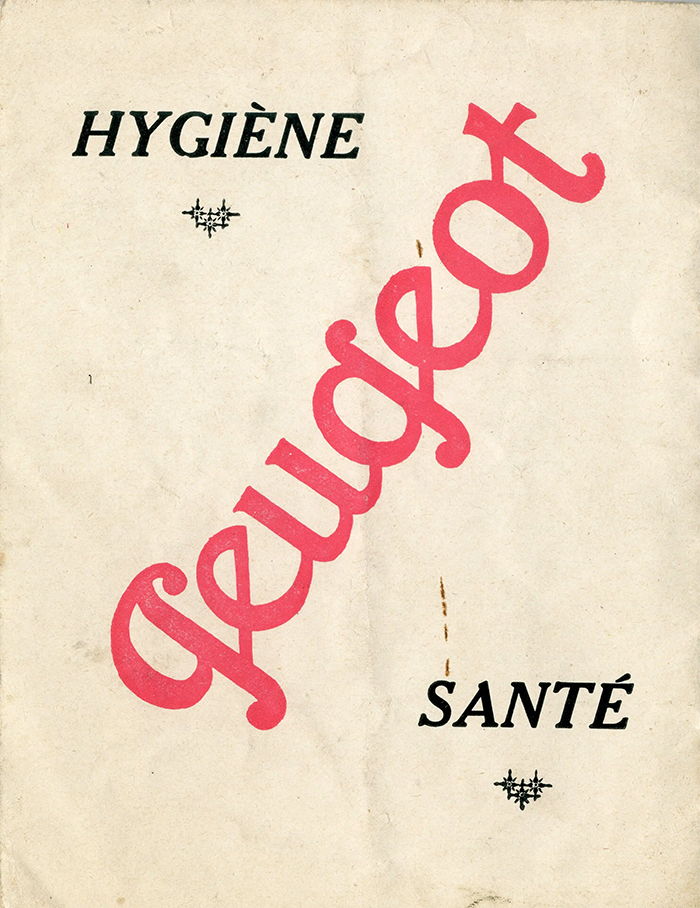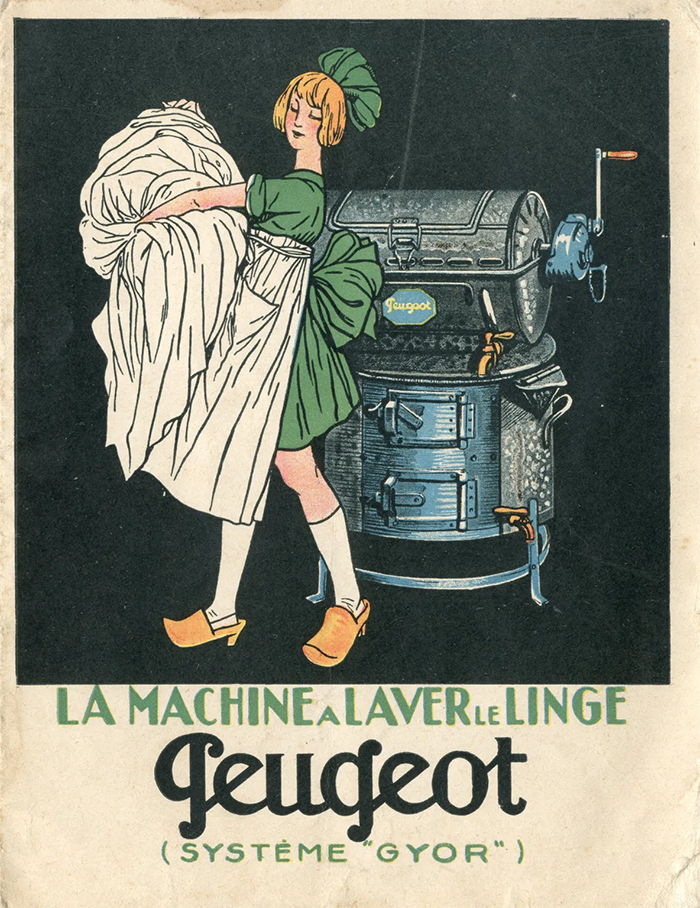
Peugeot washing machines
Peugeot washing machines
The front of the washing machine
The washing machine is an integral part of the contemporary vision of consumer society, an essential part of modern household appliances and the second most common appliance in the home after the refrigerator.
In the second half of the Middle Ages, laundry was washed by hand by the washerwomen, whose work was essentially manual, with the help of a beater, and was carried out along the waterways or in the washhouses. This job allowed them to get together and exchange the latest news from the village… This work is no less demanding, as the washerwomen spend their days kneeling. If in summer the water can be refreshing, remember that in winter, they had to break the ice of the washhouses to access the water.
The invention of the washing machine
The first patents, related to the construction of machines capable of washing clothes mechanically, were registered at the very end of the 18th century. The patent holder was the American Nathaniel Briggs from New Hampshire. However, the real inventor was Jacob Christian Schäffer. One of the first machines built consisted of a wooden box, called a “bubbler”, which moved back and forth with a crank.
The evolution is done by trial and error. They tried to reproduce the washerwoman’s gesture mechanically. In the middle of the 19th century, a new type of machine appeared, consisting of a small wooden barrel in which the paddles turned, again by a crank. The hot water poured into the machine allowed the linen to be washed thanks to the movement of the water against the textile fibres.
The electrically driven “drum” washing machine appeared around 1910.
In France, the washing machine was presented at the Salon des Arts ménagers in Paris at the end of the 1920s. From then on, it gradually became more democratic, to the detriment of washerwomen, whose profession disappeared during the 20th century.
Peugeot washing machines
During the 1920s, the Peugeot Frères company manufactured washing machines. The patented “Gyor” system, which equipped these machines, certainly originated from the R. Guyot company, which was also responsible for distributing the machines. The production consists of “city”, “country” and “hotel” machines to meet all requirements.
Some accessories related to the washing machine were also offered in the catalogue. Small manual spin-dryers to be fixed on the lid of the machine, which was then used as a spin-dryer, a large capacity spin-dryer that could spin 50 kg of laundry per hour or even an ironing machine for communities with a useful ironing width of 1m.
Production of Peugeot washing machines came to a halt in the early 1930s. With the world economic crisis, Peugeot refocused on its most profitable activities.





